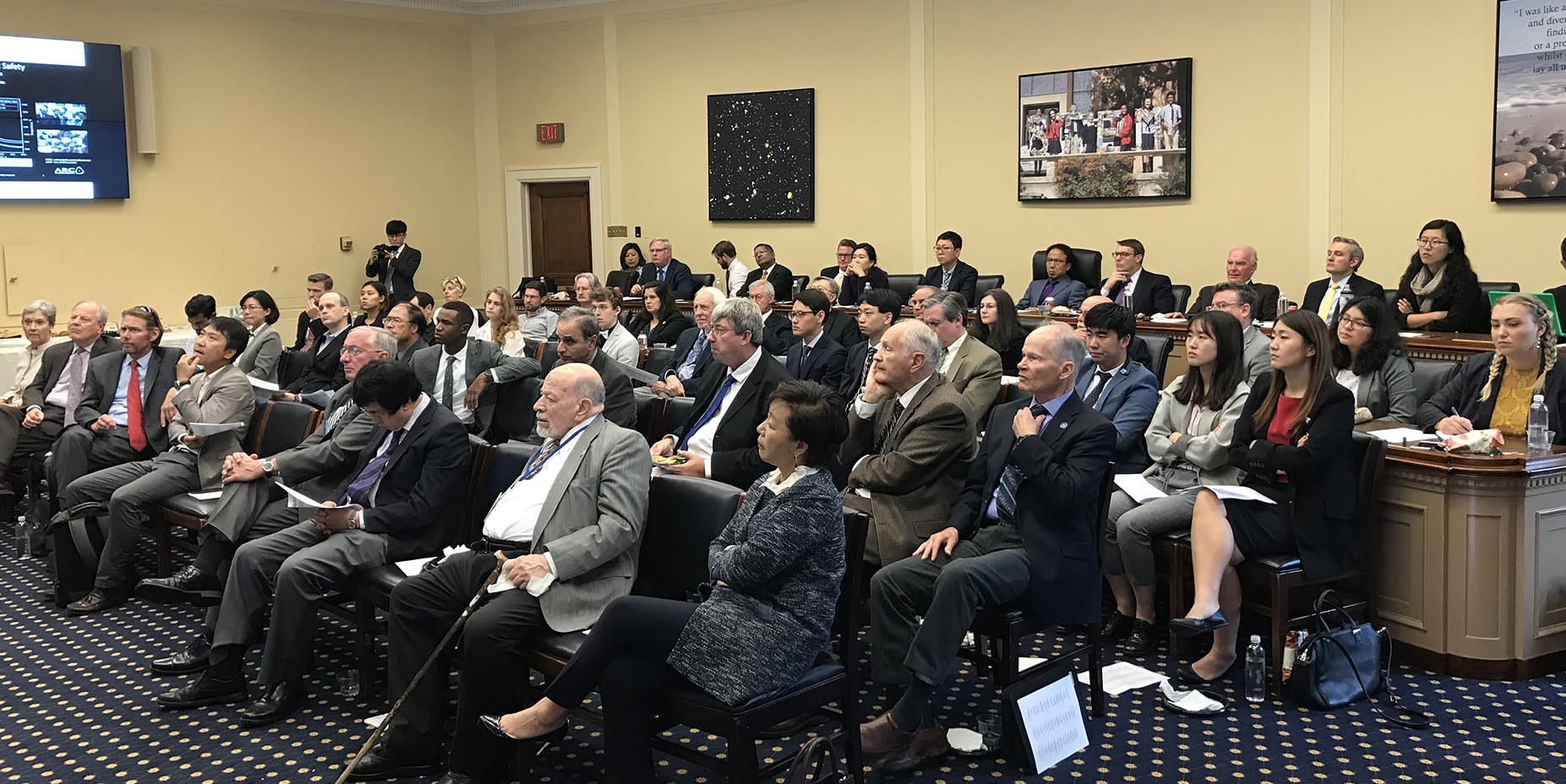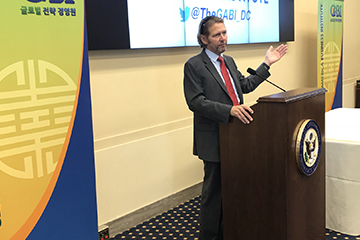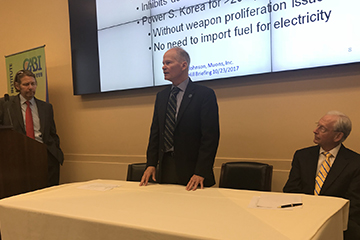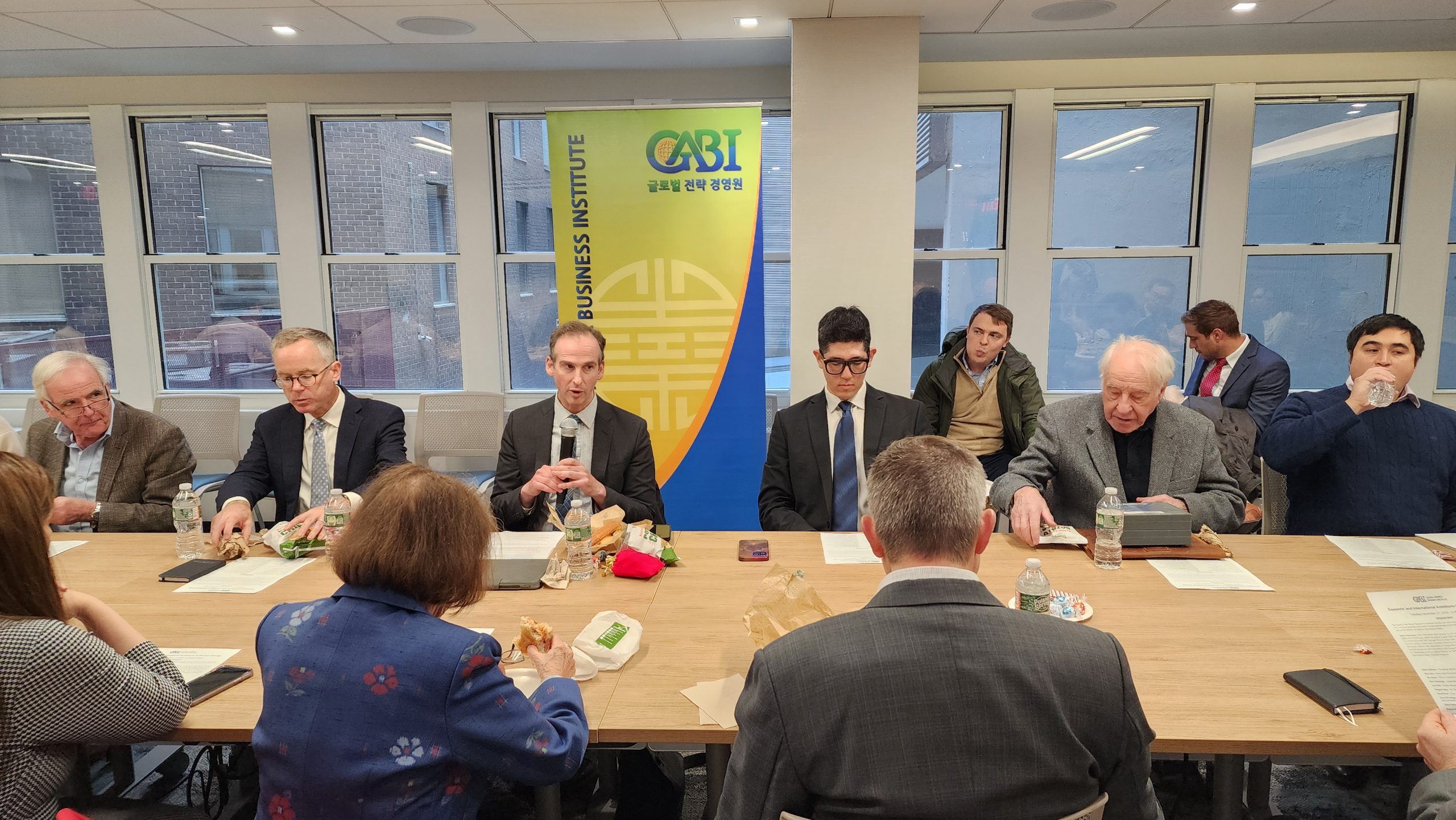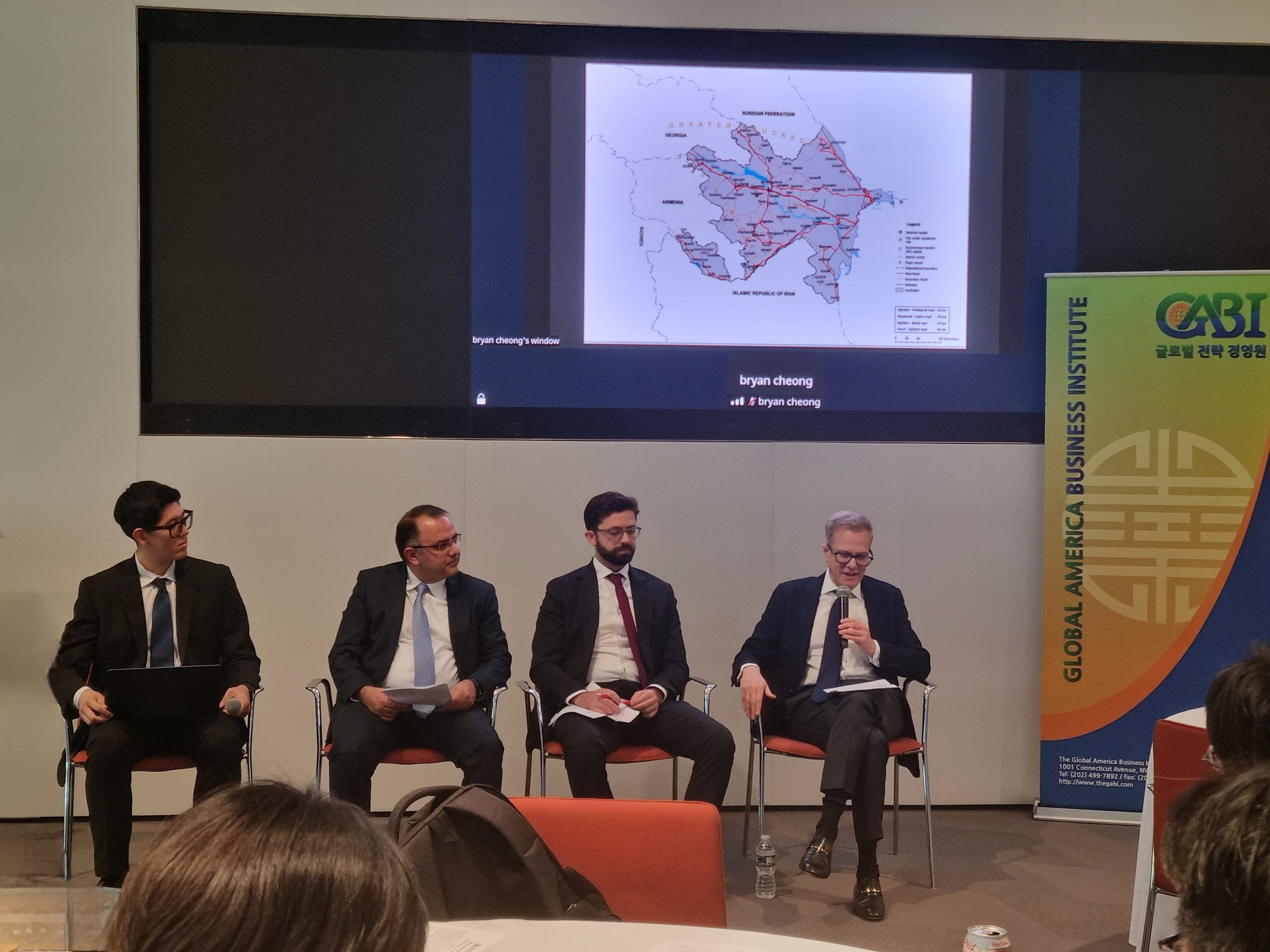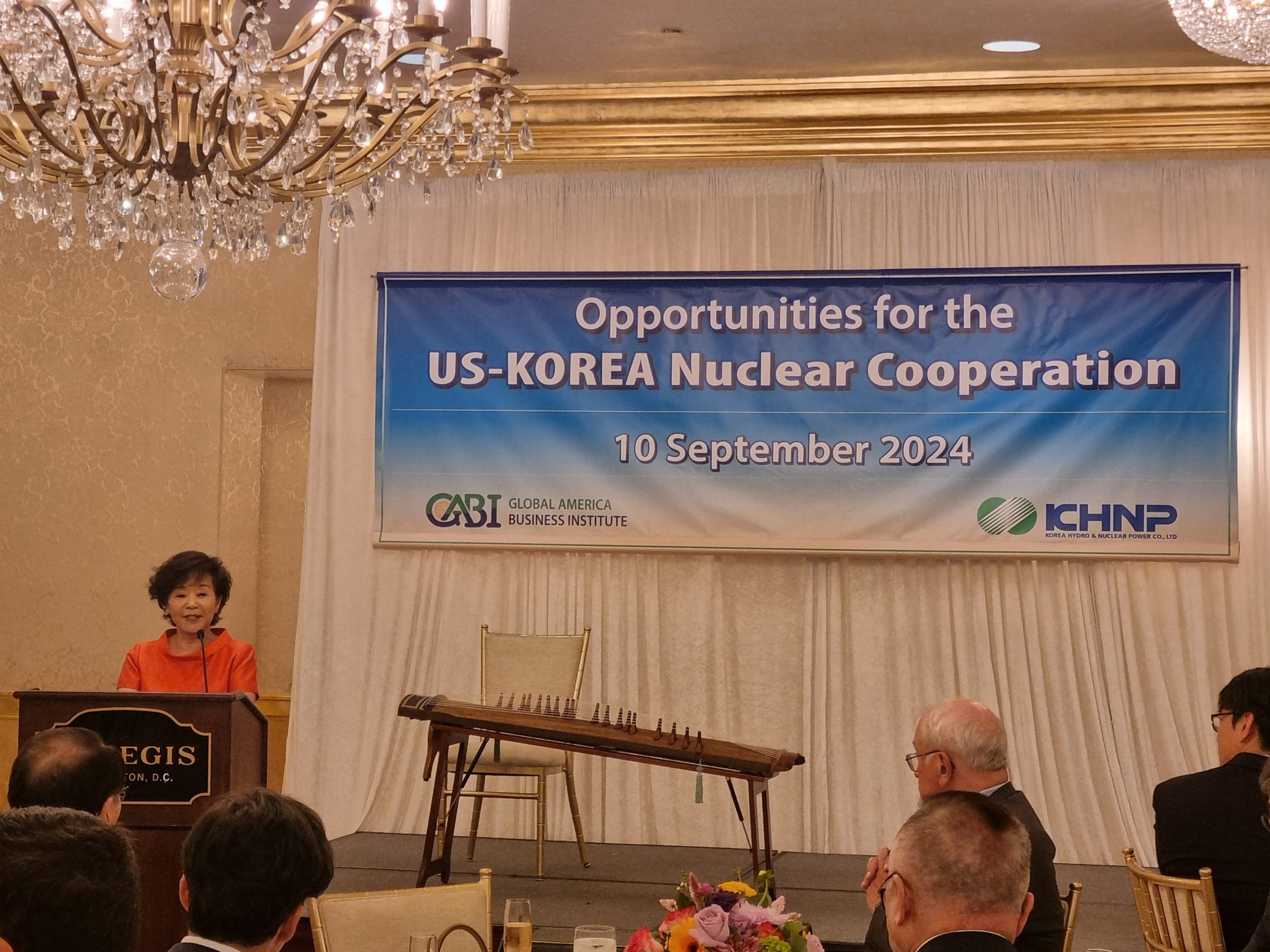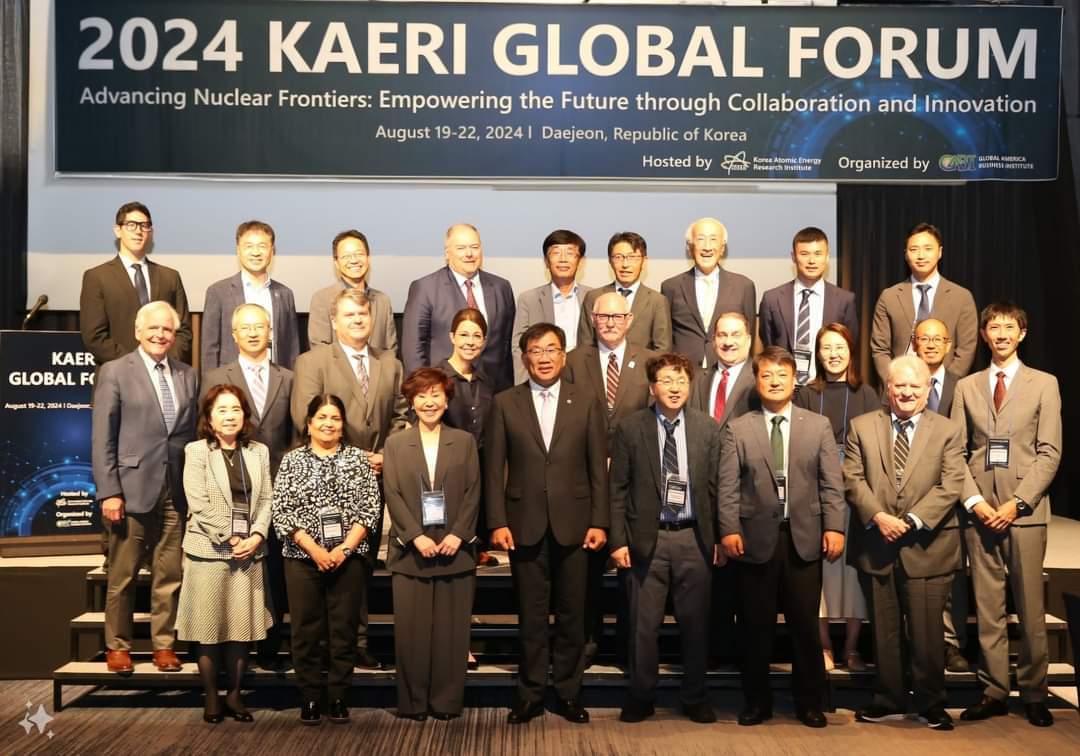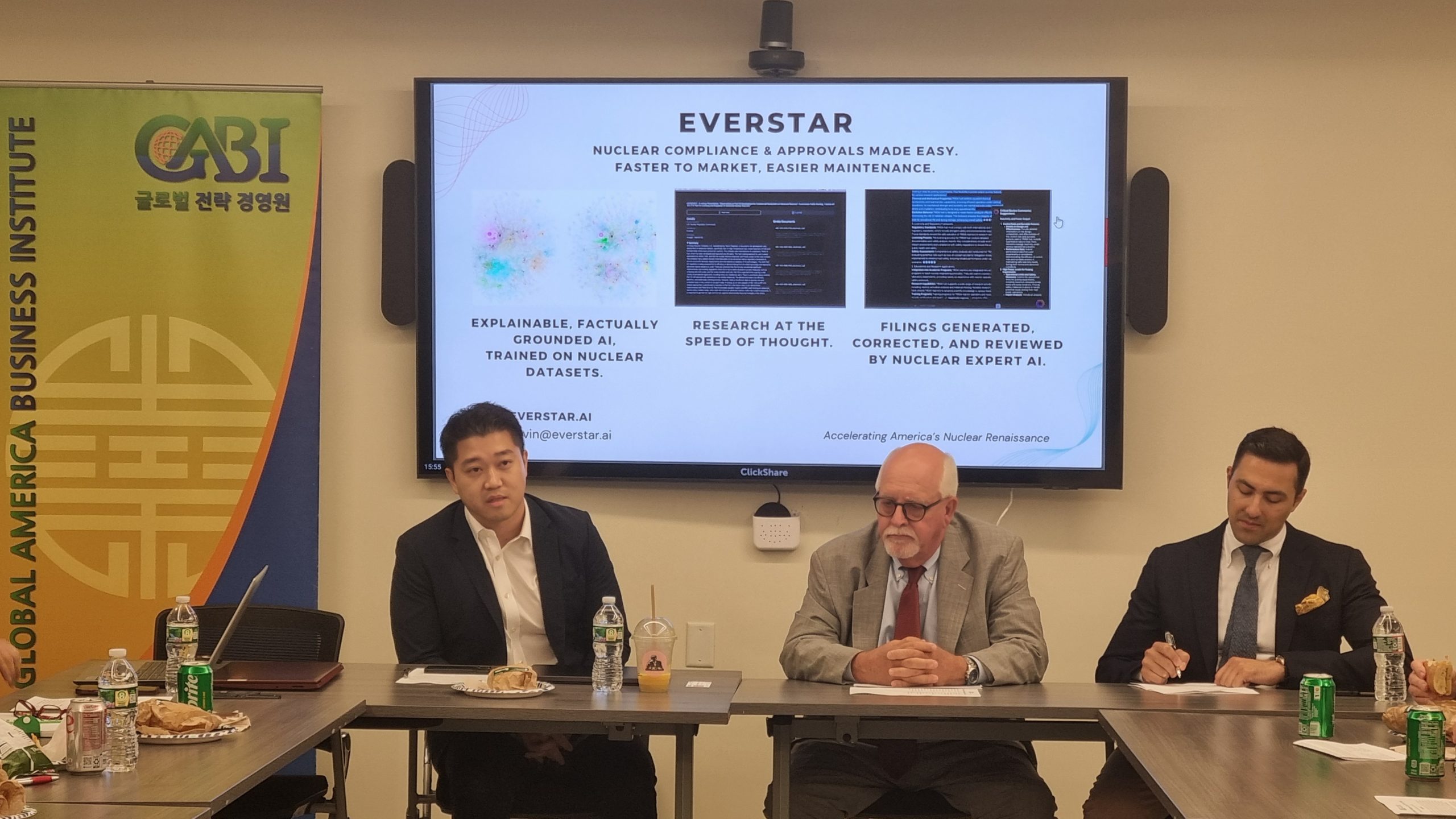The U.S. and the Republic of Korea have had a long history of nuclear energy cooperation, dating back to when the U.S. built Korea’s first commercial reactors in 1978. This relationship has evolved over the decades, and Korea has more recently emerged as one of the world’s major suppliers of nuclear power technologies. With growing interest in advanced reactor concepts, ranging from light-water small modular reactors to Gen-IV designs, leveraging the U.S.-Korea civil nuclear partnership may be critical in advancing cutting-edge nuclear energy technologies and driving innovation to make nuclear safer, more flexible, and more sustainable. Given the atrophy of the domestic nuclear supply chain and testing/demonstration capabilities in the U.S., exploring opportunities for industrial and R&D cooperation between the two countries may be an important pathway towards accelerating the development and ultimate commercialization of these innovative technologies. Korean and U.S. civil nuclear objectives align in many respects (managing spent nuclear fuel, interest in global markets, etc.) and cooperating in advanced reactor development could be one means towards achieving shared goals.

